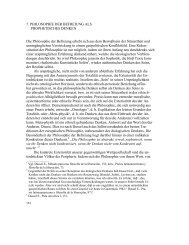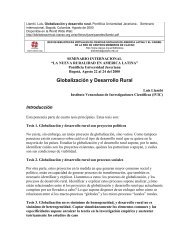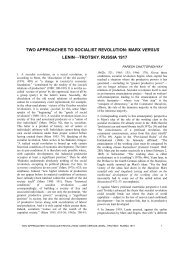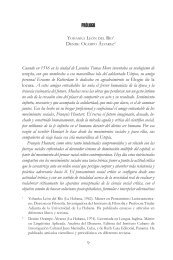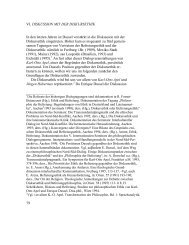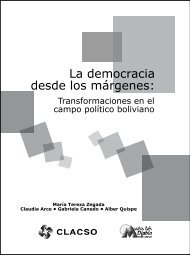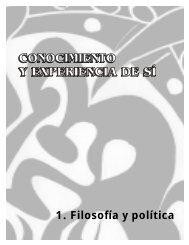1 LOS MACHOS TAMBIEN LLORAN: TELEVISA AND ... - CLACSO
1 LOS MACHOS TAMBIEN LLORAN: TELEVISA AND ... - CLACSO
1 LOS MACHOS TAMBIEN LLORAN: TELEVISA AND ... - CLACSO
You also want an ePaper? Increase the reach of your titles
YUMPU automatically turns print PDFs into web optimized ePapers that Google loves.
<strong>LOS</strong> <strong>MACHOS</strong> <strong>TAMBIEN</strong> <strong>LLORAN</strong>:<br />
<strong>TELEVISA</strong> <strong>AND</strong> THE POSTNATIONAL MAN<br />
Scholars writing about constructs and practices of gender,<br />
family and sexuality have concurred that male adultery and<br />
polygamy have a long history in Mexico, as elsewhere in the<br />
world. Contributors to the volume Presencia y transparencia: La<br />
mujer en la historia de México give us a picture of the evolution<br />
of the so-called "casa chica" over five centuries. Analyzing the<br />
fragmentary but nonetheless enlightening texts left by the<br />
Mexicas, María de Jesús Rodríguez finds that among Aztec<br />
nobility, marriage was used primarily to form political<br />
alliances, but that female concubines could be chosen across<br />
class lines. While monogamy was more standard for the lower<br />
classes, men, especially warriors, were still permitted to take<br />
lovers and consort with prostitutes. Female chastity, on the<br />
other hand, was enforced by both religious fear and severe<br />
secular penalties, including death (28).<br />
Polygamy, like human sacrifice, was abhorrent to the<br />
Europeans who arrived bearing Catholic ideology along with their<br />
other weapons of domination. Yet the church's imposition of<br />
monogamy during the colonial period, argues Pilar Gonzalbo, meant<br />
little more in practice than the economic abandonment of many<br />
women; polygamous relationships continued to exist, but their<br />
deinstitutionalization freed men from responsibility (44). In New<br />
Spain, as Françoise Carner points out, adultery was considered an<br />
"essentially feminine sin," threatening to the social order when<br />
committed by women, but rarely condemned in men (98-99). This<br />
view did not change with Independence. In their study of<br />
campesina women and violence at the turn of the century, Soledad<br />
González and Pilar Iracheta found that the law was easier on<br />
women in regard to capital crimes, but harsher in cases of<br />
adultery, sexual offenses and abandonment (120). In the home,<br />
women were often beaten for adultery, but also for denouncing<br />
their husbands' infidelity, and betrayed wives were more likely<br />
to confront their rivals than the husband himself, implying the<br />
essential innocence, or invulnerability, of the male perpetrator<br />
(132).<br />
Although the double standard may not be so pronounced today,<br />
recent ethnographic studies, such as those Ruth Behar and Sarah<br />
LeVine conducted among poor women in San Luis Potosí and Morelos,<br />
attest to the persistence of polygamous relations in contemporary<br />
society. LeVine writes of newly married couples in the Cuernavaca<br />
community of Los Robles that "both take the wife's fidelity as a<br />
given," whereas "even teenage husbands bragged about extramarital<br />
affairs, real or imagined" (87). At the other end of the social<br />
2




